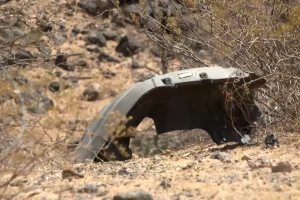Phone battery charges in minutes, lasts for weeks
October 24, 2014
What if you could charge your electric car in the same amount of time it takes to fill a normal car up with gas, and drive for hundreds of miles? What if you could throw your iPhone on charge for 5 minutes, and the battery would last for weeks? What if your laptop battery lasted longer than the laptop itself? While it is science, it’s not science fiction. According to gizmodo.com, it will be available by 2016.
Lithium Ion Batteries (LIBs) are powering your cell phones, Macbooks and most mid to high-end rechargeables. Currently it takes about an hour to charge a cell phone battery. We have likely all noticed that after a while, our cell batteries don’t last as long as they did when we bought them. Cell phone LIBs are good for about 500 recharges, then you’ll notice less capacity and faster discharge speeds. This new tech doesn’t extend the capacity of your rechargeables, instead it decreases discharge time and increases life span; all while charging up in a fraction of the time. We are taking a trip to the chem lab on this one, folks, and exploring a new way to build LIBs to achieve all the benefits mentioned thus far.
Traditionally, a LIB is made of a positive and negative electrode and and a lithium salt within a solvent for the electrolyte. A new method published by the School of Materials Science and Engineering at Nanyang Technological University replaces the carbon based negative electrode with titanium dioxide nanotubes. These nanotubes allow for increased cycle life of LIBs, and allow them to charge in no time.
The titanium dioxide ‘gel’ is a replacement for the carbon based electrode inside LIBs. That means that there is no need to reinvent the design of the battery. They can stay the same shape and size, allowing for easy integration into the current manufacturing process. In addition, the creation of titanium dioxide nanotubes isn’t rocket science. All you need is some sodium hydroxide, titanium dioxide, and some teflon. Combine and heat while stirring, and bingo: titanium dioxide nanotubes. Okay maybe it’s a little more complex than that, but not by much. The study, published in the journal of Advanced Materials, describes in detail the process of how to create these nanotubes.
The process has been copyrighted and the team that published the study is working hard to make this scientific discovery work for you in just a few years. Of course plenty of research must be conducted to insure that these new LIBs will stay safe in your pocket, and under the hood of your car. If the research comes back without contest, the world of rechargeables is bound to change for good.












